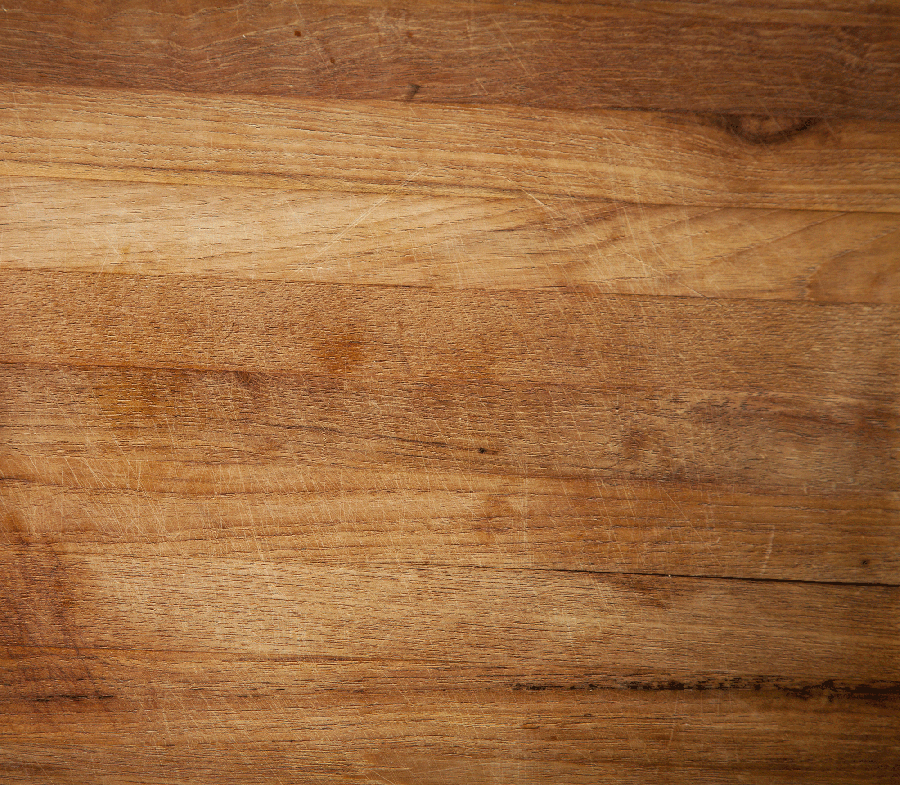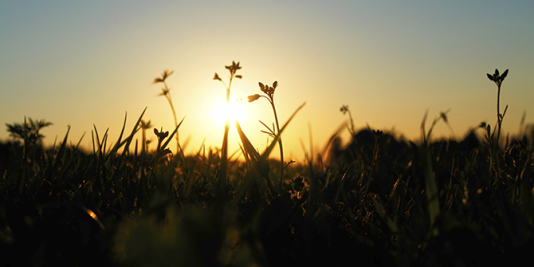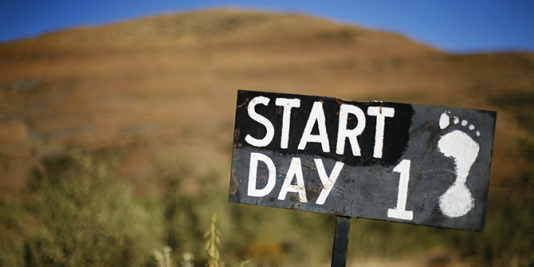Let me first state that I am not a doctor, nor am I an “actual” scientist (I only play one on TV, haha). These views expressed here are based on minimal research of these topics. I will try to deliver the information to the best of my ability, and if I can’t, that’s what Dr. Noah’s input is for. (c:
My love of science has lead me to start googling all the items on the list of “Things to Avoid if You Are Paleo”. In this post I’ll focus on Lectins. Lectins are a class of proteins known for their ability to bind to the carbohydrates found in animal cells; they protect plants from predators, as well as support immunological fuctions in plants and animals. Basically they are found in pretty much everything that we consume on a daily basis. Lectins are found in a lot of GMO food (many are hidden), you should try looking for foods that are non-GMO.
There are many different kinds of lectins, and we consume them on a daily basis. There are good, beneficial lectins, and harmful lectins. Nuts and seeds are foods that contain beneficial lectins, if and only if, eaten in moderation. Lectins affect the digestive system, so they say if you’re more sensitive (such as gluten intolerant), you should just avoid these altogether. On Paleo, foods like legumes and grains, which contain the harmful lectins, are definitely not allowed. Lectin containing items, such as beans need to be boiled to reduce the levels of orally toxic lectin in them, meaning that if eaten raw, some of them can make you sick. These orally toxic foods could potentially cause your body to reject all of the good nutrients you put in it, and nobody wants that to happen. Heart disease and obesity are said to be two serious illnesses that could occur from the rejection. Many vegetables contain lectins, but those are not harmful to human cells, such as tomatoes, zucchini, sweet peppers, and mushrooms. Although, some people are more sensitive to eating these raw, that when cooked, can digest them much better. Some fruits contain lectins, as well as some spices. The spices are generally cooked before packaging, which eliminates the lectins. Gluten is another lectin that is harmful. Gluten causes damage to your digestive system. High sugar and high fat foods contain gluten, and on Paleo, these are avoided. The immune system can be completely destroyed, and if that should happen, there is a higher risk of developing diabetes.
So these lectins I speak of, are said to be of the “sticky” nature, and what happens is that they bind to the lining of your intestines; this causes nutrients to not be absorbed as they should and can lead to obesity. Here is an article I read about the reduction of the nutrients leading to a pre-diabetic conditon: http://www.biomedcentral.com/1472-6823/5/10.
What do you think of when you hear the term “leaky gut“? I think of a challenge on Double Dare (remember that show?). Whatever you think it could be, I bet it doesn’t sound too pretty. In fact is a very serious ailment that can come from the damage of the lining of the intestines, which are a main component to the immune system. Basically, the damaged intestines become porous, and this allows for “bad stuff” to get into your bloodstream. All these toxins that enter the bloodstream cause the liver starts to work overtime, but eventually the workload is too much. Leaky gut is bad news and consuming high quantities of refined sugars, preservatives, processed foods,and flavorings that cause leaky gut is even worse news! It’s going to be close to impossible to get rid of all of the lectins we consume, but the amount should be decreased greatly. Paleo is a perfect way to do this…nobody wants a leaky gut.
Now, one more quick thing I want to touch on…lectin is different than lecithin. I’m sure you’ve looked at ingredients and have seen “soy lecithin” in almost everything you picked up off a shelf. Lecithin doesn’t primarily come from soy though, but we see that the most because it is inexpensive to manufacture (that’s the root of the all the problems). The soy plants that they come from are mostly GMOs. Lecithin is an additive that has a lot of use, but isn’t exactly healthy to consume in large quantities because in it’s natural form it does have some health benefits. It’s mainly used as an emulsifier, and this helps to extend shelf life, which makes it a preservative, and Paleo says no to preservatives. It’s also used as a wetting agent in things such as cake batter, helping the water stir in better to get rid of the clumps. So basically, what I gathered is that lecithin makes your food more aesthetically pleasing. Hmph…awesome health, or nice looking “food”? No brainer.
People, take care of yourselves! Be aware of what you’re putting in your body! Do the research!
“Any politician or scientist who tells you
these [GMO] products are safe is either very stupid or lying.”
-David Suzuki, CC, OBC, Ph.D, LLD, Geneticist-





